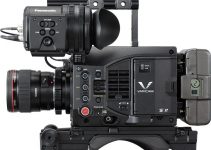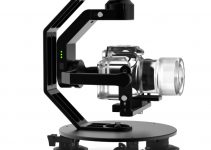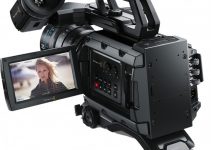For shooting video one of the best accessories has to be an on-camera monitor. Even better if it doubles as a recorder. A big, bright screen with assist functions to help you nail exposure and focus and color does a lot to make the shooting process feel better and make you more confident that you nailed the shot. Two of the best monitor/recorder combos today are the Atomos Ninja V and Blackmagic Video Assist 12G.
Coming from the guys at DPReview TV is a brilliant comparison of these two tools. There’s a lot to look at, especially when you factor in recording options and the newer raw codecs each supports.
Jordan Drake has been working with a Ninja V for years, though recently Blackmagic sent along a Video Assist for them to test out. After some time using the cameras they are going to help find the best one for you.
Kicking things off is the Ninja V, since that has been the choice for years. He also calls out that there is now the Ninja V+, but that’s only if you need 4K 120p or 8K recording. For everything else, the Ninja V is a better, cheaper pick. The core model runs only $600.
Moving over to Blackmagic, they actually have the top-of-the-line version that is the 7” 12G-SDI version for $1,000. There’s a smaller 5” version that runs $800 and has a few fewer features.
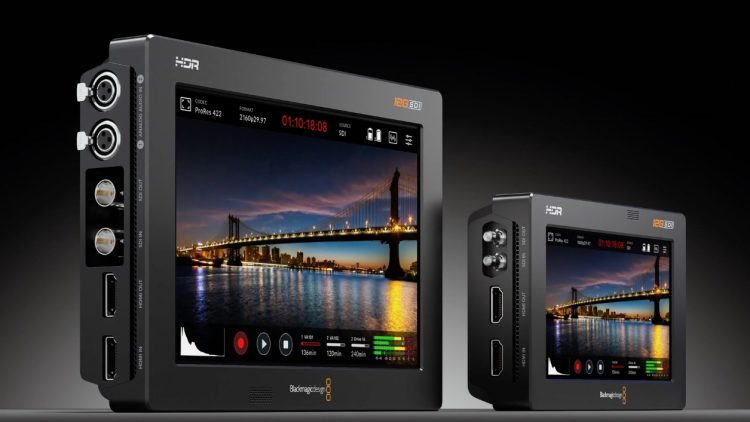
Image Credit: Blackmagic Design
For core design features the Ninja V has the essentials:
- Lightweight design
- HDMI input/output (output doesn’t work when recording ProRes RAW)
- Top and bottom mounting points
- Headphone output
- Mic/line input
- LANC/remote input
- Sony L-mount battery slot
- Optional SDI accessory
Blackmagic actually looks like it takes things up a notch – fitting for the higher price:
- Multiple mounting points on top
- SDI input/output
- HDMI input/output
- Two mini-XLR inputs
- Headphone output
- LANC/remote input
- Two L-mount battery slots
It does look and feel like Blackmagic has a more “pro” design while the Ninja feels a bit more consumer-focused. Things like having dual battery slots for backup and having mini-XLR inputs plus built-in SDI are advantages for certain workflows.
Moving over to codecs you are going to have a fairly good match with various ProRes and DNx formats. For raw, you are going to run into the main battle. Atomos supports ProRes RAW while Blackmagic supports their own Blackmagic RAW.
Today, ProRes RAW seems to have more camera support, though it only works on Premiere and Final Cut. Blackmagic RAW has limited camera support though it is growing and works on Premiere and DaVinci Resolve.
ProRes RAW vs Blackmagic RAW is a huge debate. Honestly, today it comes down to your preferred NLE and cameras and what supports what.
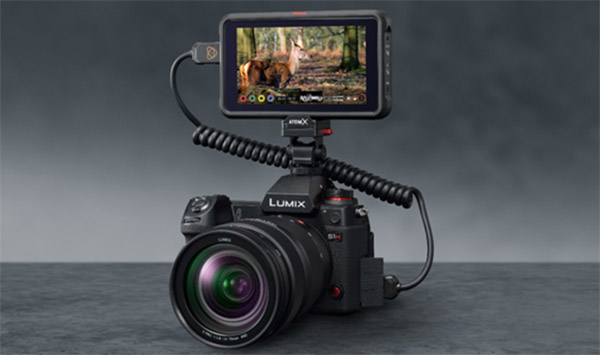
Image Credit: Atomos
Interestingly, the recorders diverge when it comes to media. Atomos goes with SSDs, which are nice and fast and have wide support and availability today. However, Blackmagic goes with SD cards, which you likely have for your camera already. You will need ultra-fast cards if you plan on shooting high-res raw, but you might already have them. Plus, there is a USB port and you can record direct to a portable SSD. That’s great.
Both rely on touchscreens, so there isn’t all that much to discuss there. Atomos might have a slightly cleaner and more responsive screen. Blackmagic does have a nice menu that is easier to understand and based on their camera menus.
As for screen quality, Atomos comes in with a great, bright, color-accurate display. Blackmagic is fine, but there was a noticeable magenta shift on their model. But, the Blackmagic screen is over twice as bright.
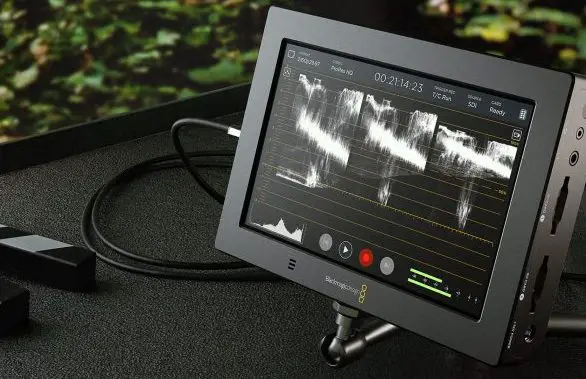
Image Credit: Blackmagic Design
Your first place to look is camera compatibility. If it only supports ProRes RAW then you will likely be pushed towards the Ninja V. If you have Blackmagic RAW support then go to the Video Assist.
Now, if it is actually a real choice for you there is an argument to be made that the Atomos is the more generalized tool that works for most hobbyists and amateurs while the Blackmagic offers some great advantages for higher-end workflows and professionals who need the extra inputs or backup capabilities.
Anyway, I think I would stick with Atomos for now, but I’m excited to see more widespread Blackmagic RAW support as a DaVinci Resolve user myself.
[source: DPReview TV]
Order Links:
- Atomos Ninja V 5” Monitor/Recorder (B&H, Amazon, Adorama)
- Blackmagic Design Video Assist 12G 5” Monitor/Recorder (B&H, Amazon, Adorama)
Disclaimer: As an Amazon Associate partner and participant in B&H and Adorama Affiliate programmes, we earn a small comission from each purchase made through the affiliate links listed above at no additional cost to you.
Claim your copy of DAVINCI RESOLVE - SIMPLIFIED COURSE. Get Instant Access!



